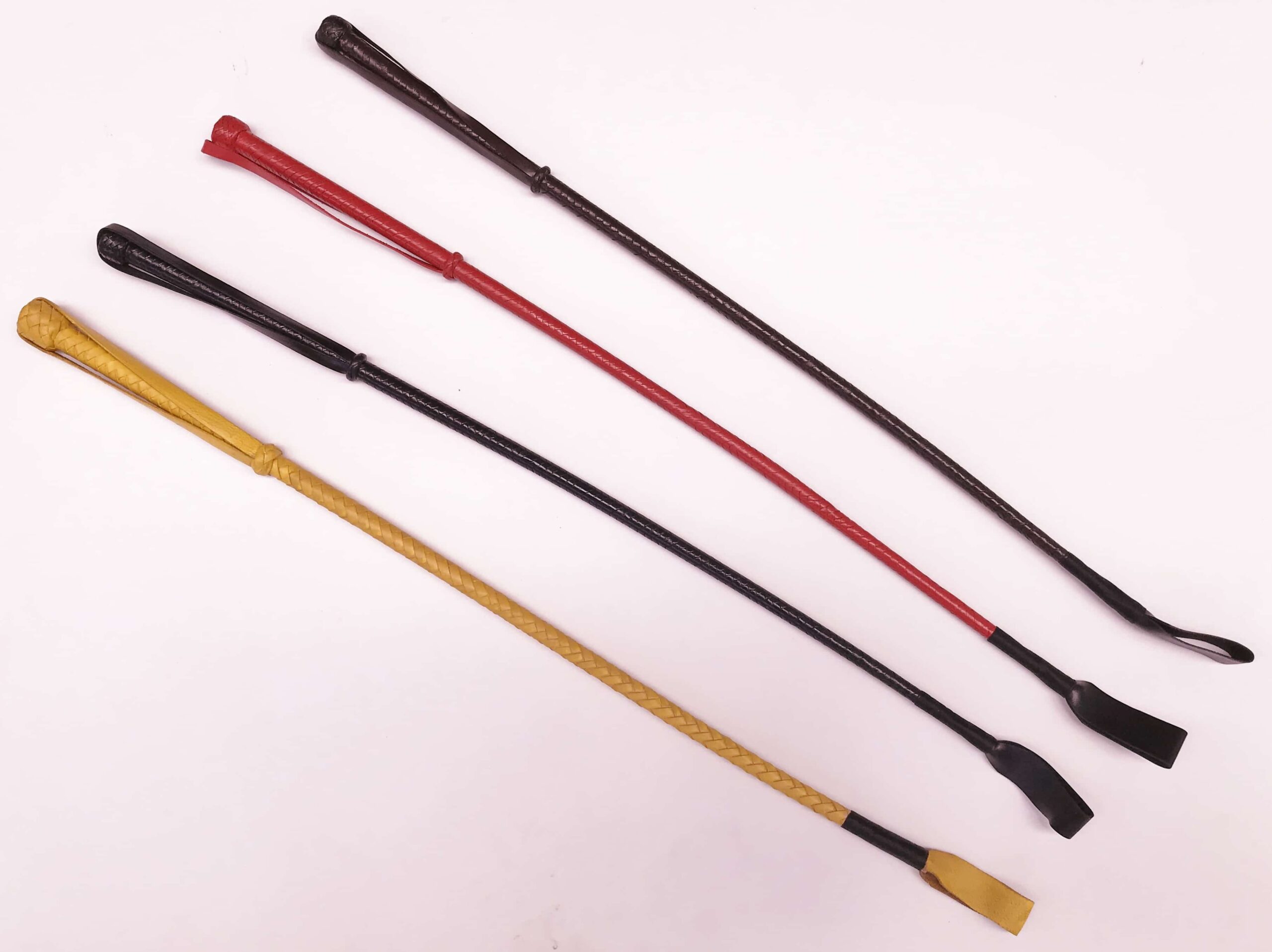In the equestrian world, the riding crop is a tool that often evokes varied responses. To the uninitiated, it may appear as a simple accessory, yet it carries with it a tapestry of history, purpose, and intrigue. This slim, flexible instrument, often used in training and competition, is steeped in both practical utility and a profound symbolic significance. Understanding the riding crop enables one to appreciate not only its role in equestrian disciplines but also its cultural context and the art of communication between horse and rider.
At its core, a riding crop is a short stick, typically measuring between 24 to 30 inches, with a lash or flapper at the end. This design allows for a degree of finesse: the slender shaft is lightweight, permitting ease of handling, while the flapper imparts a gentle yet effective signal. The primary function of a riding crop, however, is not to punish, but to guide. A soft tap serves as a reminder for the horse, reinforcing commands that may otherwise go unnoticed. This form of tactile communication underscores the bond formed between rider and steed.
Historically, the riding crop has roots stretching back centuries. In the early days of horsemanship, there were a variety of whips and crops used across different cultures. Originally designed for practical purposes, these tools evolved into symbols of status and sophistication in Western riding traditions. The riding crop’s transformation into the sleek instrument seen today reflects advances not only in equestrian technique but also in the aesthetics of riding gear. In the early 20th century, crops became synonymous with the upper echelons of society, a fashion statement harmonizing utility with elegance.
Yet, the riding crop’s allure lies not solely in its design evolution or historical significance. It invites a shift in perspective regarding the relationship between horse and rider. Many equestrians articulate a profound reverence for their equine companions, recognizing that this tool serves as an extension of their intent rather than a mere implement of discipline. The crux of any training regimen involves understanding and mutual respect. Herein lies the essence of effective riding—the crop acts as a bridge for communication amidst the nuanced dance between horse and rider.
When wielded correctly, the riding crop harbors potential for enhancing performance. It can assist in refining a horse’s responses during training sessions or competitions. Much like the conductor’s baton guiding an orchestra, an adept rider skillfully employs the crop to convey clarity and precision in direction. The subtle cues imparted through the crop can elevate a horse’s responsiveness, creating an entrancing synergy that transforms both horse and rider into a single entity. This unison is a goal that many aspire to attain, and the crop is instrumental in this pursuit.
However, the perception of the riding crop is not without its controversies. Advocates of humane training methods caution against the misuse of this tool. Critics argue that any form of equipment that can be associated with punishment carries the risk of being used inappropriately. To combat this, the modern equestrian community emphasizes empathy-based training techniques that advocate the thoughtful use of the crop as part of an overarching, supportive training philosophy. Prominent equestrians have championed ethical riding practices, encouraging riders to view the crop as a tool for encouragement rather than correction.
In assessing the riding crop’s place in today’s equestrian world, one must also consider its role in various disciplines. In the realm of dressage, for instance, it is employed to signal transitions and enhance the horse’s engagement during performance. In jumping, it can provide spur-of-the-moment encouragement to navigate fences with poise and confidence. Each discipline harnesses the crop’s capabilities, demonstrating its versatility. It also invites curiosity into the subtle deviations in usage between dappled disciplines—from the dashing gallops of eventing to the meticulous attention to detail in dressage.
Furthermore, the cultural significance of riding crops extends beyond their utilitarian function. This tool has captured the imagination of many, resonating within literature, film, and art. The image of a poised rider brandishing a riding crop evokes notions of authority, sophistication, and mastery, often symbolizing the rider’s control and expertise. This artistic depiction invites a reflection on human-animal relationships and the complexities of stewardship over another being’s movement and will. Such representations fuel an ongoing dialogue about ethics, tradition, and the evolution of equestrian practices.
As one delves deeper, it becomes evident how riding crops encapsulate a microcosm of a broader equine culture. Engaging with this artifact leads to uncovering layers of narratives within the equestrian community, spanning from historical transformations to contemporary ethical dialogues. The riding crop is not merely an accessory; rather, it is a pivotal element that embodies the nuanced relationship between rider and horse—a dynamic interplay that informs every aspect of equestrianism.
In conclusion, the riding crop is far more than just a tool used for riding: it is an emblem of communication, respect, and evolution within the world of horses. Its historical depth, current applications, and cultural implications make it a fascinating subject worth exploring. Whether you are a seasoned equestrian, a curious observer, or simply an aficionado of equine culture, the allure of the riding crop invites you to rethink its role and significance. Striding forward with empathy and knowledge, one can fully appreciate the depth of this essential equestrian tool and the stories it holds within its slender form.
